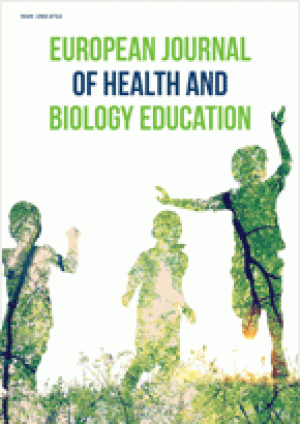Abstract
School gardens and demonstration farms are exciting avenues for experiential learning in education. Aquaponics, the combination of aquaculture and hydroponics, is an attractive educational tool because systems are self-contained ecosystems that allow teachers and students to explore a wide range of science, technology, engineering, and mathematics (STEM) topics. The aim of this study was to characterize the use of aquaponics in education in the United States (US) using an online survey. One hundred respondents who completed the survey were engaged with aquaponics education and met the inclusion criteria for the study. Thirty-six percent of respondents worked for primary and secondary schools, 53% represented colleges or universities, and 11% worked for vocational or trade schools. Respondents reported the subjects taught, target audiences, number of participating students or visitors, and the resources and funding used by their organizations. Respondents used aquaponics to engage students in a variety of STEM subjects. In total, respondents and their institutions engaged an estimated range of 12,320 to 50,250 participants per year in aquaponics education. The typical school invested $1,000 to $4,999 US dollars (USD) in their aquaponics facility during the previous year, with a combined total of $1.4 to $6.6 million USD invested by all academic institutions. Aquaponics is an emerging educational tool, and there is a need for continued collaboration, technical support, and training for educators from universities and aquaculture education and research centers in the US and other countries.
License
This is an open access article distributed under the Creative Commons Attribution License which permits unrestricted use, distribution, and reproduction in any medium, provided the original work is properly cited.
Article Type: Research Article
European Journal of Health and Biology Education, Volume 5, Issue 1, July 2016, 1-12
https://doi.org/10.20897/lectito.201502
Publication date: 15 Aug 2016
Article Views: 2071
Article Downloads: 991
Open Access References How to cite this article
 Full Text (PDF)
Full Text (PDF)